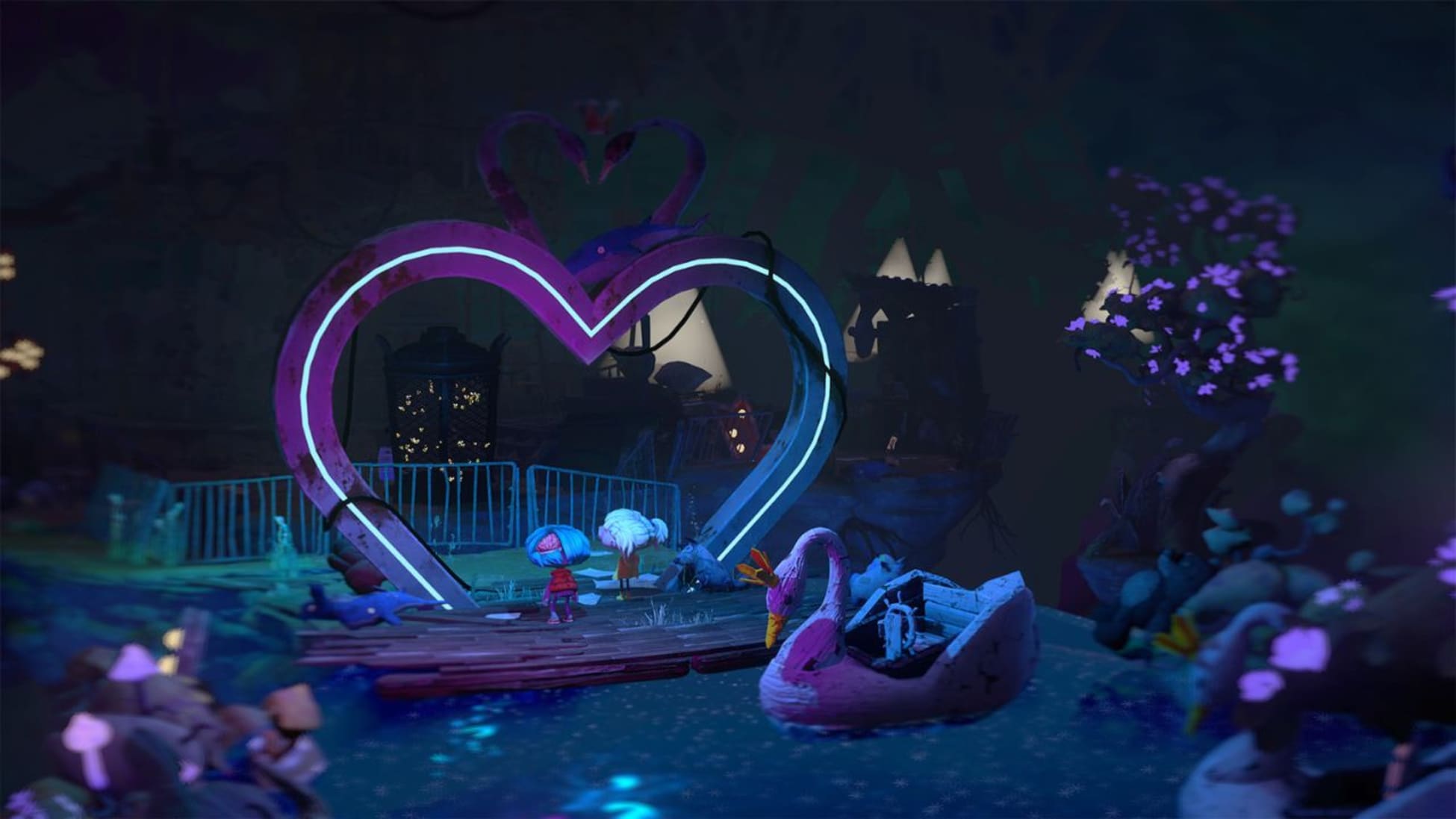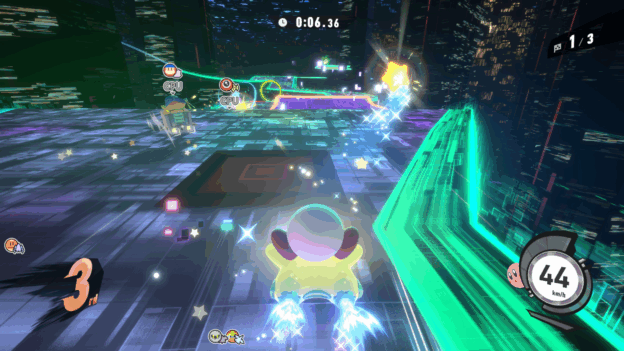Paranormasight: The Seven Mysteries of Honjo Review – Review

I was not at all sure what to expect out of Paranormasight when it first caught my eye, having been included in the Japanese version of a Nintendo Direct but not the English version. I knew it had a distinct look to it, and seemed to be heavily influenced by the Famicom Detective Club series, but that’s really all the information I had before diving in. What I did not expect to find was a visual novel that featured a very interesting mystery with a cool framing device around it, as well as a visual novel that takes full advantage of the fact that it is a video game in a way very few games do. Very quickly, Paranormasight: The Seven Mysteries of Honjo goes out of its way to show you that it is not your ordinary run of the mill visual novel, which made me eager to share that it is rather worth your time.
You begin Paranormasight in control of Shogo Okiie, an office worker in Showa Era Japan, who is exploring a park at night with his friend and occult fanatic Yoko Fukunaga. As the night goes on, Shogo suddenly finds himself in possession of a curse stone, an artifact that allows him to take somebody’s life and convert it into soul dregs. If enough of these soul dregs are gathered, the user can then perform the Rite of Resurrection, which allows them to bring somebody of their choosing back from the dead. Shogo learns that there are eight other curse bearers within the city who have received their own curse stones, and killing one of them will provide far more soul dregs than would an innocent bystander. Thus begins the contest for the Rite and the exploration of the nine urban legends that created each curse, for some reason known as the Seven Mysteries of Honjo.
Once you’ve completed the introductory chapter with Shogo, you are then given access to the Story Chart and the main routes for the three main playable characters. Harue Shigima is a grieving mother working with a private detective to learn the truth of her son’s kidnapping and murder a year prior, and she sees an opportunity when the possibility of the Rite is brought to her attention. Tetsuo Tsutsumi is a high ranking police inspector who winds up involved in the contest for the Rite while investigating the death of a fellow officer, and begins taking it upon himself to find other curse bearers and confiscate their curse stones. Yakko Sakazaki is a high school student who winds up with a curse stone of her own while investigating her friend’s supposed suicide, with suspicions that it was no suicide at all. All of these characters are interesting to inhabit the mind of, with each having vastly different motivations and attitudes towards their curses. As the mystery unfolds, their paths all begin to intersect, and it’s in those moments that the story is at its most engaging. My one issue with the game’s narrative, however, is that it telegraphs a few of its twists far too obviously, making me able to guess exactly what the deal was hours before it was officially revealed. Otherwise, the mystery in Honjo is fun and has a few genuine surprises in store for anybody playing.
By far the most interesting thing about Paranormasight, though, is its manipulation of the fact that it is a video game that you’re playing. Some scenarios will lead to a dead end at which point you will be able to go back and try again, and some of these are your standard run of the mill dialogue trees that require you to figure out just what to say. Sometimes, however, it may require you to do something extra. Some puzzles in Paranormasight require you to open the options menu and mess with settings, for example, while others may expect you to use knowledge you have that the character you’re controlling does not. Characters will even acknowledge when this is happening, usually confused as to how they suddenly knew something or why they got the urge to perform some seemingly nonsensical action. Paranormasight uses every part of itself in neat and bizarre ways that not many other games do, and for me this is where I came away from the game incredibly impressed and hungry for more.
Overall, I would say that Paranormasight surprised me in a way I don’t think I have been in a long time. My only issues with the game are the controls which can feel sort of sluggish and unruly on a controller, though not to an obscene degree. If playing in handheld mode you can get around this by using touch controls, which I found worked just fine for the game’s purposes. The “horror mystery” also seems to steer away from the horror part at certain points, which might disappoint those hoping to see a lot of curse action, but the plot during these moments is just as interesting as when those curses are involved. I am happy my eye was pointed in Paranormasight’s direction, as I think it may already be one of my favorite experiences of the year, and if this kind of game sounds like it appeals to you, it just might be one of yours, too.



